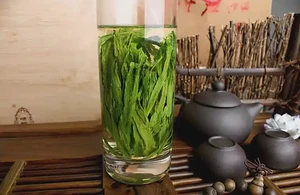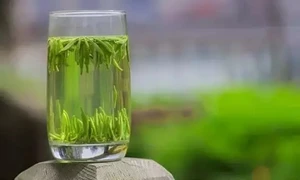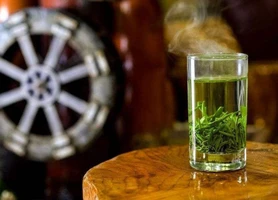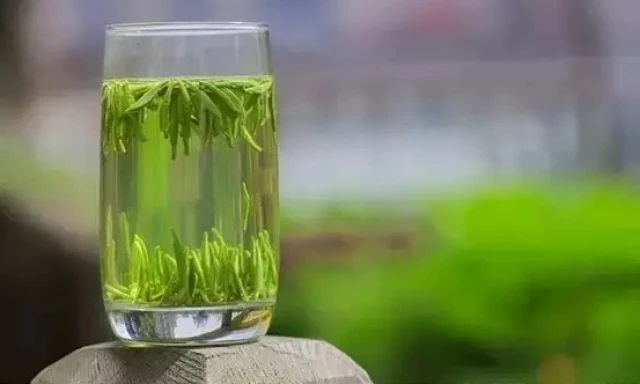

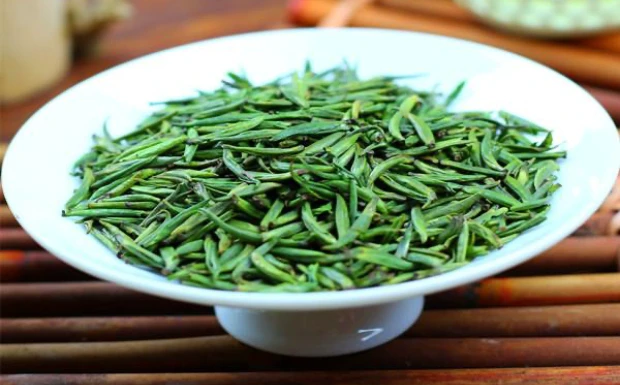
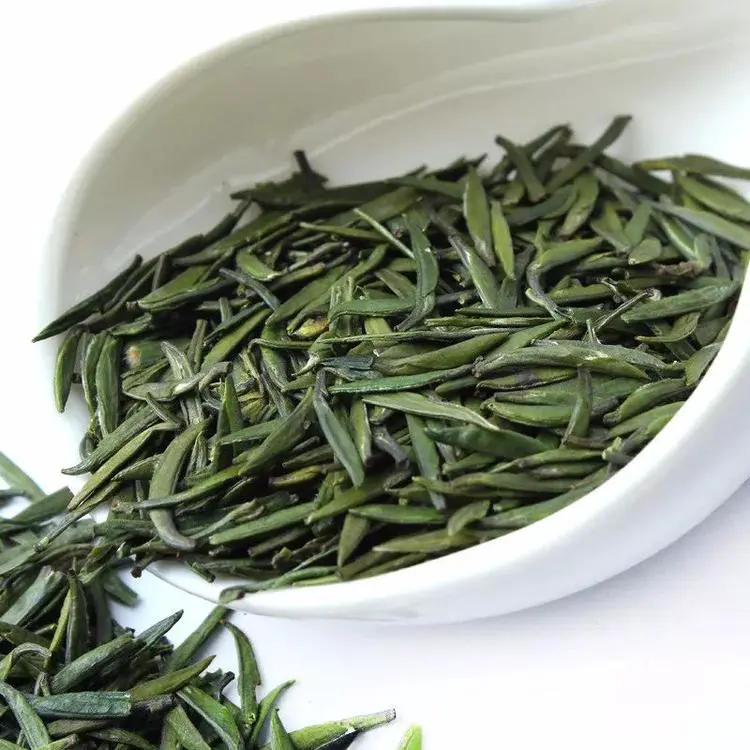
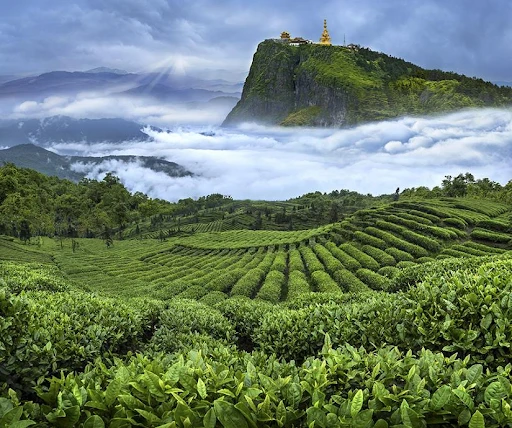
E Mei Zhu Ye Qing
Origin
Sichuan
Category
Green Tea
Harvest Time
Pre-Qingming
Processing
Pan-firing
Description
E Mei Zhu Ye Qing, meaning 'Bamboo Leaf Green of Mount Emei,' is a premium Chinese green tea from the sacred Buddhist mountain of Emei in Sichuan Province. Known for its flat, straight leaves resembling bamboo leaves, fresh aroma, and a clean, refreshing, and slightly sweet taste.
